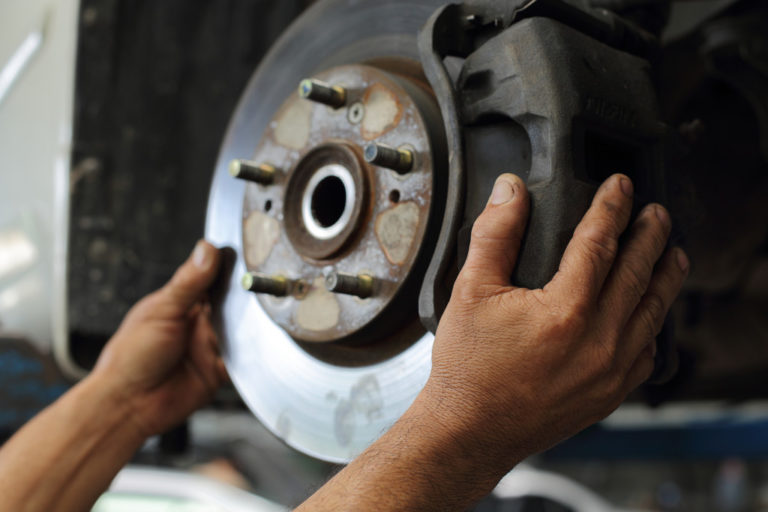Electrical vehicles are the wave of the future. It is now considered one of the most critical technologies for the automotive industry. Many benefits come with this new technology. However, there are also potential hazards that should be managed to keep workers and consumers safe.
In this blog post, we’ll explore some potential hazards associated with electric vehicle production and how to mitigate them.
Chemicals used in battery production
Another potential hazard associated with electric vehicle production is chemicals used in battery production. Some of the chemicals used in battery production can be extremely harmful if inhaled or ingested. These chemicals can cause death or severe injury if not correctly handled.
To prevent this hazard, workers must wear proper personal protective equipment (PPE), such as gloves, goggles, and masks. Plus, they should work in a well-ventilated area to avoid inhaling fumes from the chemicals. Manufacturers should also opt to invest in safety solutions for transporting such chemicals. For example, Americase manufactures a variety of UN-certified shipping containers for the safe transport of dangerous goods.
Americase products are designed to meet or exceed the requirements of the United Nations, International Maritime Organization, and U.S. Department of Transportation, making them the perfect solution for the safe transport of dangerous goods.
Fires
Electric vehicle production presents a unique set of safety hazards, many of which center around the risk of fire. To mitigate this risk, electric vehicle manufacturers must take a comprehensive approach to fire safety, incorporating everything from design and engineering controls to employee training.
One of the most effective ways to prevent fires in electric vehicle production is to design and engineer products with fire safety in mind. This might include using materials that are less likely to burn or adding Fire Suppression Systems throughout the production facility. Another essential control measure is establishing strict protocols for managing and storing combustible materials.
In addition to these physical controls, educating employees about the fire hazards associated with electric vehicle production is essential. Employees should be trained in proper procedures for handling and storing flammable materials, as well as how to respond in the event of a fire. By taking a comprehensive approach to fire safety, electric vehicle manufacturers can help reduce the risk of fires in their facilities.
Static Electricity
Electric vehicles are powered by batteries, which store electrical energy through static electricity. When the battery is charged, the electrons flow from one pole to another, creating an electric field. This field is what powers the electric motor.
However, static electricity can also be dangerous. If the electric field is strong enough, it can cause a spark. This spark can ignite flammable materials, such as gasoline or oil. In addition, static electricity can also damage sensitive electronic components. For this reason, it is vital to take precautions to prevent static buildup in electric vehicle production facilities.
One way to reduce static electricity is to use grounding straps. These straps are connected to metal parts of the vehicle and help to dissipate the electrical charge. In addition, production workers should wear clothing that does not generate static electricity. Finally, the facility should be well-ventilated to prevent a buildup of static charge in the air. By taking these precautions, electric vehicle production facilities can minimize the risk of fire and damage to electronic components.
Hydrofluoric Acid Burns
Hydrofluoric acid (HF) is a highly corrosive and toxic substance used in electric vehicle production. While HF is an essential component in the manufacturing process, it can also pose a severe safety hazard to workers if not properly handled. To ensure the safety of workers, it is crucial for employers to have comprehensive protection and hazard management plans in place.
One of the most severe risks associated with HF is the potential for hydrofluoric acid burns. These burns can occur when HF comes into contact with the skin or eyes, leading to severe tissue damage and even death. In order to prevent these burns, it is vital for workers to wear proper protective clothing and equipment while working with HF. In addition, employers should provide workers with regular training on how to safely handle HF. By taking these precautions, employers can help to ensure that their workers are safe from hydrofluoric acid burns.
The bottom line
Electric vehicles are the wave of the future, and with that comes new potential hazards. This blog post explored four potential hazards; static electricity, chemicals used in battery production, hydrofluoric acid burns, and fires. By following proper safety procedures and being aware of these hazards, we can make electric vehicle production a safe and efficient process.










